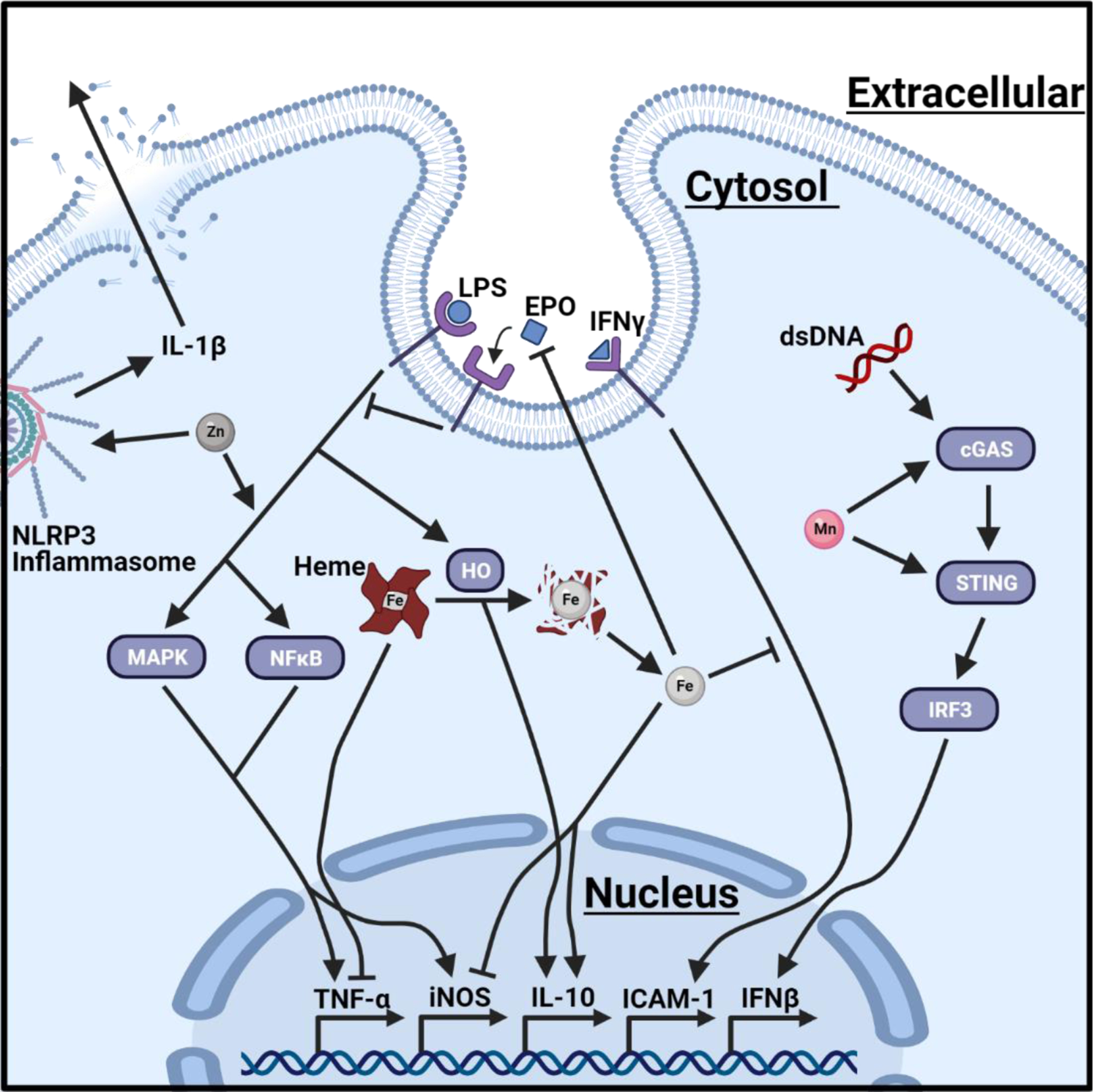Figure 2. Nutrient metals modulate signal transduction in immune cells.

A graphical illustration of how intracellular levels of nutrient metals can influence signal transduction. Increased levels of cytosolic zinc (Zn) enhance IL-1β production from NLRP3 inflammasomes and LPS-mediated NF-κB and MAPK signaling. Elevated concentration of cytosolic manganese (Mn) heightens the sensitivity of cGAS and STING to double stranded DNA (dsDNA), thereby promoting the production of type-1 interferon (IFNβ). Accumulation of cytosolic heme suppresses the expression of TNF-α. LPS signaling promotes heme oxygenase (HO)-mediated degradation of heme, which reduces intracellular heme levels but produces carbon monoxide that activates IL-10. Heme degradation also increases intracellular concentrations of iron (Fe), which restricts pro-inflammatory signaling by impairing IFN-γ inducible effector pathways, including the intercellular adhesion molecule 1 (ICAM-1), and simultaneously repressing iNOS and promoting IL-10. In addition, increased intracellular storage of iron indirectly alters immune cell activation by reducing erythropoiesis, which prevents production of the hormone erythropoietin (EPO). Created with BioRender.com.
